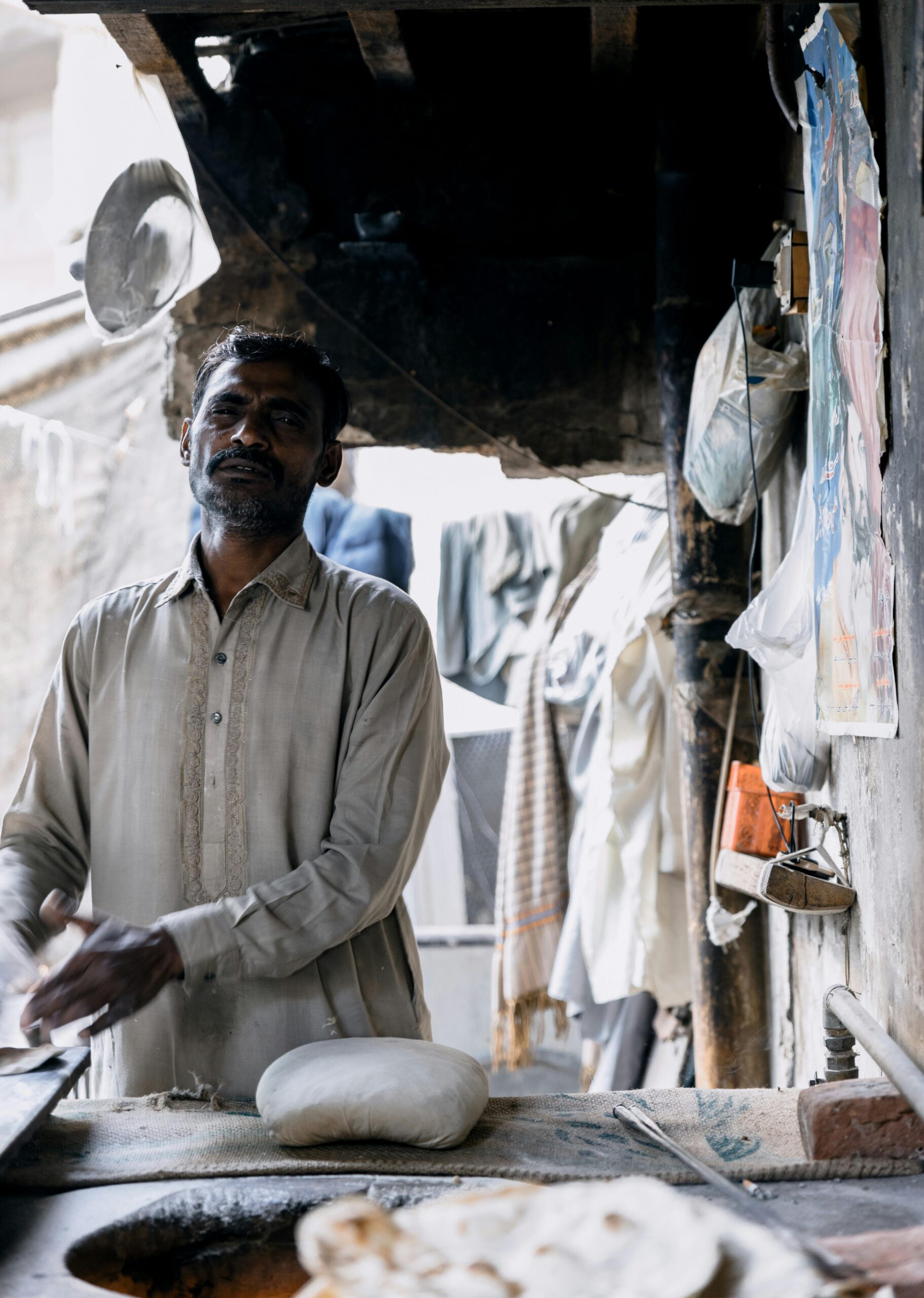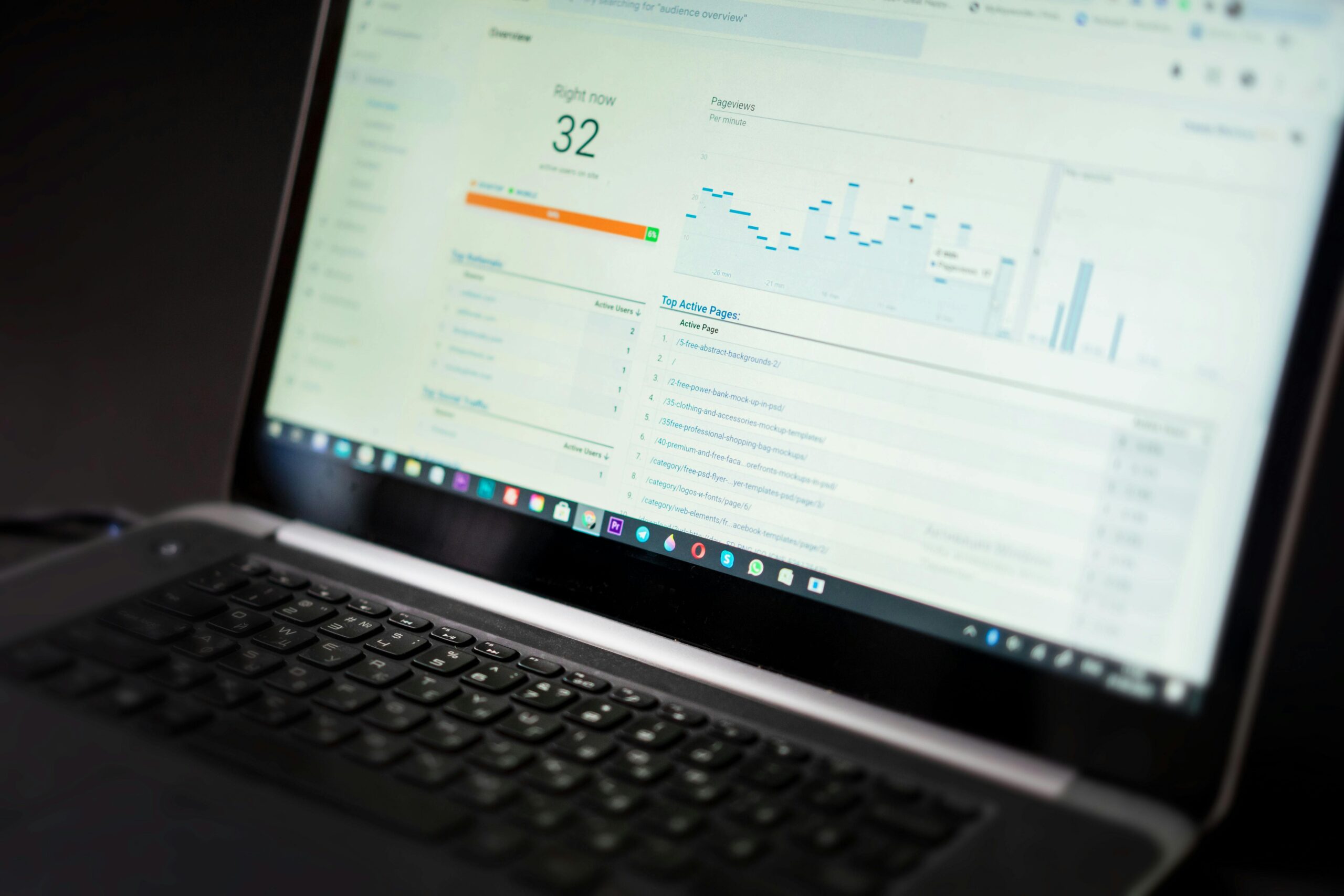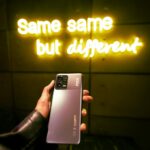
Introduction
Facebook ads are a powerful tool for driving conversions and achieving your marketing goals in the ever-evolving landscape of social media marketing and advertising. However, creating effective facebook ads that truly convert can be challenging. Many marketers struggle with issues like reaching the right audience, crafting compelling ad creatives, and optimizing campaigns for maximum ROI. This post explores five key facebook ads strategies that can significantly boost your conversion rates and help you achieve your desired results.
1. Target the Right Audience
Reaching the right audience is the cornerstone of any successful facebook ad optimization strategy. If your ads aren’t seen by the people most likely to convert, you’re essentially throwing money away. Precise audience targeting ensures your message resonates with the individuals most interested in your products or services.

Understanding Audience Insights
Facebook’s Audience Insights tool is a goldmine of information. It allows you to learn about your target audience’s demographics (age, gender, location), interests, behaviors, and more. Use this data to understand your ideal customer better. For example, if you’re selling fitness equipment, Audience Insights might reveal that your target audience is interested in health, wellness, and specific fitness influencers. Armed with this knowledge, you can tailor your ad creative and targeting to resonate with these interests.
Creating Custom Audiences
Custom Audiences enable you to target people who have already interacted with your business. You can create custom audiences using:
- Website Traffic: Target users who have visited specific pages on your website.
- Customer Lists: Upload a list of your existing customers to target them with relevant ads.
- App Activity: Target users who have interacted with your mobile app.
This is a powerful facebook ads strategy because it allows you to re-engage users who are already familiar with your brand, making them more likely to convert.
Utilizing Lookalike Audiences
Lookalike Audiences are a fantastic way to expand your reach and find new users who share characteristics with your existing customers. Facebook uses its vast data to identify people who are similar to your custom audiences (e.g., your customers). Creating a lookalike audience based on your best customers can help you reach a wider audience with a higher likelihood of conversion. This is a key element of high converting facebook ads campaigns.
2. Craft Compelling Ad Creatives
Your ad creatives (images, videos, and copy) are the face of your brand on Facebook. They’re what grab attention and entice users to click. High-quality creatives are essential for driving conversions. The better your ad creative, the more likely people are to engage with your ad and eventually convert.

Optimizing Images and Videos
Visual appeal is paramount. Use high-quality images and videos that are visually engaging and relevant to your offer. Consider these tips:
- Use high-resolution images: Avoid blurry or pixelated visuals.
- Create eye-catching videos: Keep them short, engaging, and optimized for mobile viewing.
- Use text overlays: If necessary, use text overlays to highlight key features or benefits.
Writing Irresistible Ad Copy
Your ad copy should grab attention, highlight the benefits of your product or service, and include a clear call to action (CTA). Here’s how:
- Focus on benefits, not features: Tell users what they’ll gain, not just what your product does.
- Use strong verbs and compelling language: Create a sense of urgency or excitement.
- Include a clear CTA: Tell users exactly what you want them to do (e.g., “Shop Now,” “Learn More”).
A/B Testing Your Creatives
A/B testing (also known as split testing) involves creating different versions of your ads and testing them against each other to see which performs better. Test different images, videos, headlines, ad copy, and CTAs to identify what resonates most with your audience. This iterative process is crucial for continuous improvement. Regularly A/B test different elements of your ads, such as images, copy, and calls to action, to continuously improve performance.
3. Leverage Facebook’s Conversion Objectives
Facebook offers various campaign objectives, and choosing the right one is crucial for optimizing your ads for conversions. Selecting the appropriate campaign objective, such as “Conversions” or “Lead Generation,” directly impacts how Facebook optimizes your ad delivery and, ultimately, your conversion rates.

Choosing the Right Campaign Objective
When creating your Facebook ad campaign, you’ll be prompted to select an objective. Choose the objective that aligns with your primary goal. For example:
- Conversions: If you want to drive sales, sign-ups, or other actions on your website or app.
- Lead Generation: If you want to collect leads through a form within Facebook.
- Traffic: If you want to drive traffic to your website, although this is less effective for direct conversions.
Setting Up Conversion Tracking
Conversion tracking allows you to measure the effectiveness of your ads by tracking specific actions that users take after seeing your ads. This involves installing the Facebook pixel on your website and setting up conversion events (e.g., purchase, add to cart, lead). The Facebook pixel is a powerful tool for tracking website conversions and optimizing your campaigns. This data is vital for understanding how your ads are performing and identifying areas for improvement.
Optimizing for Conversions
Once you’ve set up your conversion tracking, Facebook will optimize your campaigns to show your ads to users who are most likely to take the desired action. This includes utilizing appropriate bidding strategies. Consider using:
- Automatic Bidding: Let Facebook manage your bids to get the best results within your budget.
- Cost Cap Bidding: Set a maximum cost per conversion to control your spending.
4. Implement Effective Retargeting Strategies
Retargeting is a powerful way to re-engage users who have previously interacted with your brand. It involves showing ads to people who have visited your website, engaged with your Facebook page, or taken other actions. Retargeting can significantly improve conversion rates by reminding users about your products or services and guiding them toward a purchase.

Retargeting Website Visitors
This is a classic retargeting strategy. Show ads to users who have visited your website but didn’t convert. You can target users who viewed specific product pages, added items to their cart, or abandoned the checkout process. This is a very effective way to get users to return and complete their purchase.
Retargeting Based on Engagement
Target users who have engaged with your Facebook page or Instagram profile (e.g., liked your posts, commented, shared). These users have already shown an interest in your brand, making them more likely to convert.
Creating Dynamic Product Ads
Dynamic Product Ads are incredibly effective for e-commerce businesses. They automatically showcase products to users who have shown interest in them on your website. For example, if a user viewed a specific product on your site, they’ll see an ad featuring that product on Facebook. This is a personalized and highly targeted approach.
5. Continuously Monitor and Optimize Your Campaigns
Facebook ad optimization is not a set-it-and-forget-it process. Ongoing monitoring and optimization are essential for maximizing your results. You should continuously refine your ads to improve performance.

Analyzing Key Metrics
Track key metrics to understand how your ads are performing. Some important metrics include:
- Cost per Conversion: The cost of each conversion.
- Click-Through Rate (CTR): The percentage of people who click on your ad.
- Conversion Rate: The percentage of people who convert after clicking on your ad.
- Return on Ad Spend (ROAS): The revenue generated for every dollar spent on ads.
Making Data-Driven Decisions
Use the data from your key metrics to make informed decisions about your campaigns. For example:
- If your CTR is low: Try different ad creatives or targeting options.
- If your cost per conversion is high: Review your bidding strategy or landing page.
- If your ROAS is low: Adjust your targeting, ad copy, or offer.
Iterating and Improving
Continuously test and refine your ads to improve performance. A/B test different elements, experiment with new targeting options, and stay up-to-date on the latest Facebook advertising best practices. Regular A/B test different elements of your ads, such as images, copy, and calls to action, to continuously improve performance. This iterative approach is crucial for long-term success.
Conclusion
Implementing these five facebook ads strategies will significantly improve your conversion rates. Remember to target the right audience, craft compelling ad creatives, leverage Facebook’s conversion objectives, implement effective retargeting strategies, and continuously monitor and optimize your campaigns. By focusing on these tactics, you’ll be well on your way to creating high converting facebook ads and achieving your marketing goals. Now, take action and implement these strategies to boost your results!
Quick Summary
- Target the Right Audience: Use Facebook’s tools to find the right people.
- Craft Compelling Ad Creatives: Make your ads visually appealing and engaging.
- Leverage Facebook’s Conversion Objectives: Optimize your campaigns for specific actions.
- Implement Effective Retargeting Strategies: Re-engage users who have interacted with your brand.
- Continuously Monitor and Optimize Your Campaigns: Track metrics and make data-driven decisions.
FAQ
What is the most important thing to consider when creating Facebook ads?
Answer: Targeting the right audience is crucial for ensuring your ads reach the people most likely to convert.
How often should I A/B test my Facebook ads?
Answer: Regularly A/B test different elements of your ads, such as images, copy, and calls to action, to continuously improve performance.
What is the difference between a custom audience and a lookalike audience?
Answer: A custom audience is created from your own data (website traffic, customer lists), while a lookalike audience is created by Facebook based on the characteristics of your custom audience to find new, similar users.
Additional Resources / References
- “5 ways to enhance your Facebook Ad conversion rates – Channable”
- “The top 10 tips for boosting the conversions from your Facebook Ads”
- “8 tips to skyrocket your conversion rates for facebook ads – Glofox”
- “7 Best Facebook Ads Tactics from Demand Generation Pros”
- “10 Proven Facebook Ad Strategies That Convert 2025 – KlientBoost”



